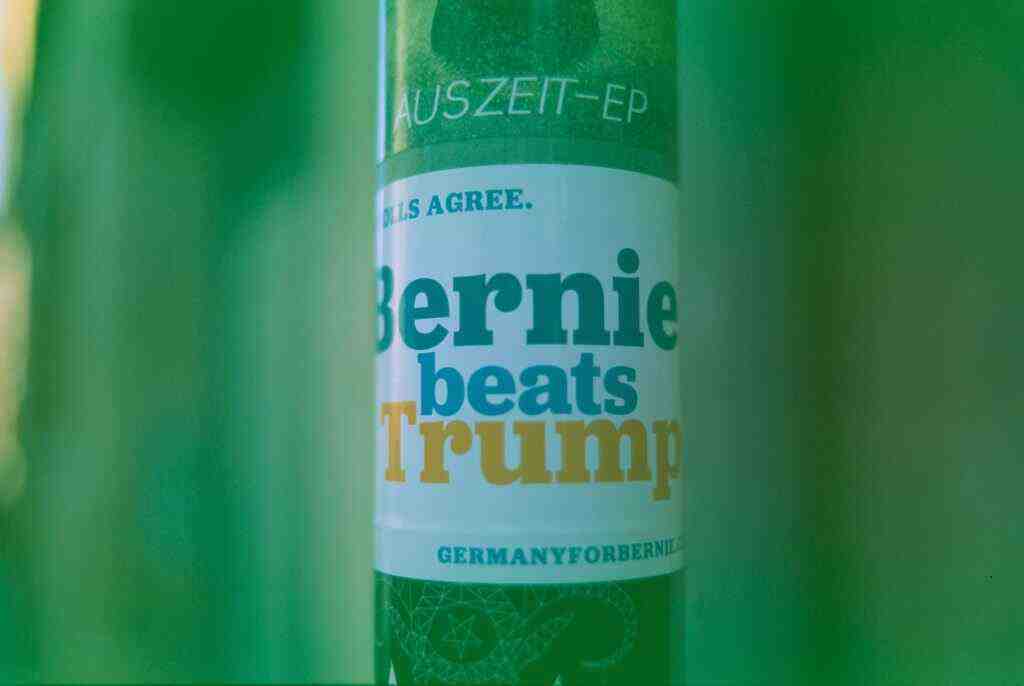Navigating the Evolving Landscape of DEI: A Case Study of Dean Phillips’ Campaign Website
The Dynamic Nature of DEI
In the ever-changing landscape of social and political discourse, the acronym DEI (Diversity, Equity, and Inclusion) has emerged as a focal point of discussion and debate. Its multifaceted nature has given rise to diverse interpretations, leading to ongoing discussions about its precise definition and implications. This article delves into a recent incident involving the removal of DEI language from Dean Phillips’ campaign website, highlighting the complexities and challenges associated with addressing DEI-related issues in contemporary society.
Phillips’ Campaign Website: A Platform in Flux
Dean Phillips, a Democratic candidate running for re-election to the U.S. House of Representatives, recently found himself at the center of a controversy surrounding the inclusion of DEI language on his campaign website. Specifically, the section outlining his platform previously featured a subsection titled “DEI,” which sparked discussions and concerns among certain individuals.
Ackman’s Involvement: A Catalyst for Change
Bill Ackman, a prominent hedge fund manager and vocal critic of DEI initiatives in academia, played a significant role in bringing attention to the DEI language on Phillips’ website. Through his active engagement on social media platforms, Ackman expressed his belief that Phillips did not fully comprehend the implications of DEI when it was initially incorporated into his campaign website. This assertion prompted further scrutiny and discussion surrounding the use of DEI language in political campaigns.
Phillips’ Response: Clarifying His Stance
In response to the growing attention and criticism, Phillips’ campaign released a statement clarifying their position on DEI-related issues. The statement emphasized that the term “DEI” has become increasingly ambiguous and subject to various interpretations. As a result, the campaign chose to shift its focus towards addressing and redressing racial disparities, a policy objective that remains unchanged. The campaign also highlighted the use of a new accordion drop-down button labeled “Equity and Restorative Justice” as a more precise and unambiguous description of their goals.
Social Media Scrutiny: The Amplification of Discontent
Social media platforms served as a catalyst for the widespread scrutiny and discussion surrounding the DEI language on Phillips’ website. Users actively engaged in conversations, expressing their opinions and concerns about the use of DEI terminology in political campaigns. Ackman’s involvement further amplified the attention given to this issue, leading to a heightened sense of urgency for Phillips’ campaign to address the concerns raised.
The Wayback Machine: Capturing the Evolution
The Wayback Machine, an online archiving tool, provides a valuable glimpse into the evolution of Phillips’ campaign website. By capturing cached versions of the website, the Wayback Machine allows users to observe the changes made to the platform page over time. This historical record serves as a testament to the dynamic nature of DEI-related discussions and the evolving positions taken by political campaigns in response to shifting public opinion and evolving social norms.
Conclusion: Navigating the Complexities of DEI
The incident involving the removal of DEI language from Dean Phillips’ campaign website underscores the complex and ever-changing nature of DEI-related issues in contemporary society. The diverse interpretations of DEI and the ongoing debates surrounding its implications present challenges for political campaigns seeking to address these issues. Phillips’ campaign’s decision to clarify its stance and shift its focus towards more specific policy objectives reflects the need for ongoing dialogue and careful consideration when navigating the complexities of DEI in political discourse. As society continues to grapple with these issues, it is essential to foster open and respectful conversations that prioritize understanding, empathy, and a shared commitment to progress.
